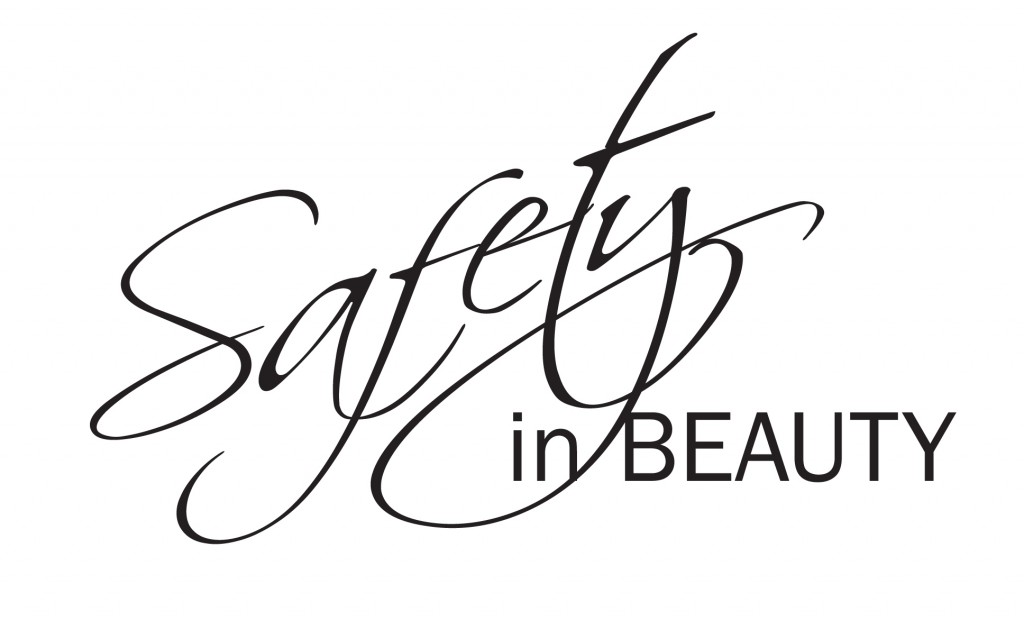If you’re considering any having a cosmetic injectable treatment such as Botox (toxin injections) or fillers, it’s important to ensure that the practitioner who you entrust to carry out the procedure is suitably qualified.
The administration of these injections is a specialised skill that should be carried out only by those qualified to do so, such as doctors medically qualified professionals and specially trained nurses.
Practitioners should be experts both in facial anatomy and the products that they use, so that they know exactly where to inject and how much to inject. A good practitioner will take a medical history and thoroughly explain the procedure, as well as checking for allergies. They will also ensure that you know what results to expect before asking you to sign a consent form before treatment begins.
Although measures are being taken to outlaw any rogue practitioners who are not qualified to administer facial fillers and wrinkle smoothers, there are many that remain. The administration of Botox is more tightly governed than that of fillers, because it is treated as a prescription drug, whereas fillers are treated as a medical device. This means they can be obtained by anyone and not just doctors. There is a lack of effective regulation in relation to the administration of fillers in particular. This leaves the public vulnerable to incompetent and unqualified practitioners.
An unqualified practitioner who is lacking in both training and education can expose you to a number of problems such as bruising, swelling, infection and nerve damage. These products can be very dangerous in the wrong hands. You may have an allergic reaction to the product. You may end up with droopy eyelids or a muscle spasm after Botox, or fillers can leave you with lumpy, visible filler under your skin or even permanent nerve damage.
There is always a small risk with the administration of Botox or filler, regardless of how experienced and qualified the practitioner is. However you can minimise your risk by ensuring you check the credentials of the practitioner.
Thoroughly research the procedure as well as the provider. Check that nurses are registered with the NMC, dentists with the GDC and doctors with the GMC.
Don’t be fooled by the fact that a provider displays a certificate purporting to be qualified and insured, they may not be either.
Here are 5 tips on how to spot a fake certificate.
- You can verify any credentials stated on the certificate on the Treatments You Can Trust (TYCT) register, which is backed by the Department of Health. The register only accepts doctors, dentists and nurses who meet the Standards and Training principles required to give injectable cosmetic treatments safely. You can search the register to see if your provider or clinic is listed to see if the provider is appropriately qualified.
- Don’t be taken in by unusual or legitimate sounding titles such as “Advanced Aesthetic Practitioner/Therapist”. It may not mean anything at all.
- Check qualifications of nurses, doctors and dentists against their professional registers as stated above.
- When you check qualifications, make sure that the title of doctor, dentist or registered nurse actually applies to the person who is holding the needle.
- Many fake certificates will have give-away mistakes like mis-spellings of procedures. A legitimate practitioner would never display such shoddiness. Beware.
Do you think you have spotted a fake certificate? send it to us and help us verify it.
